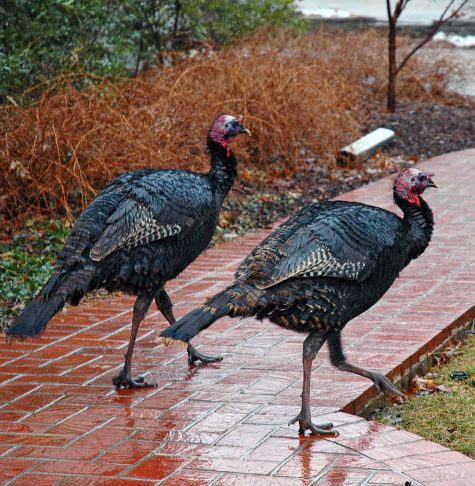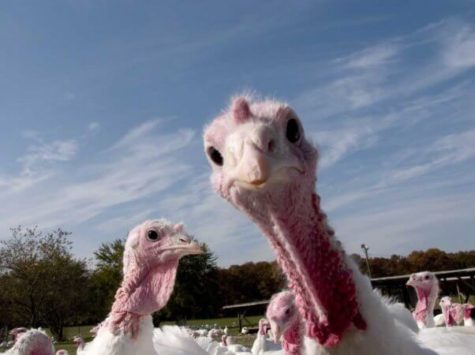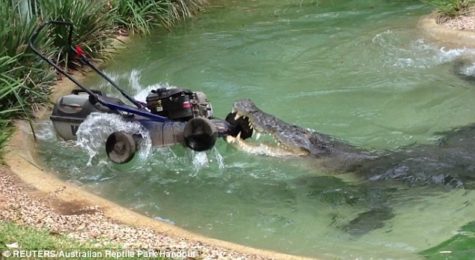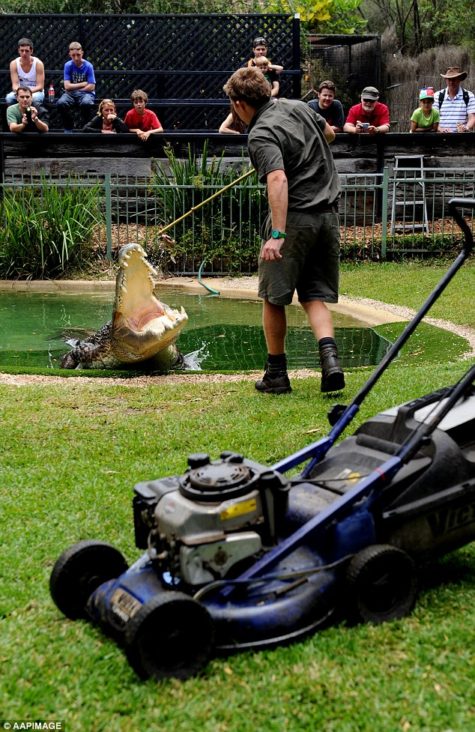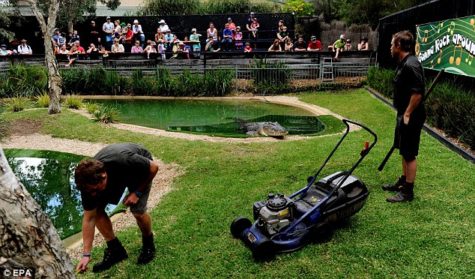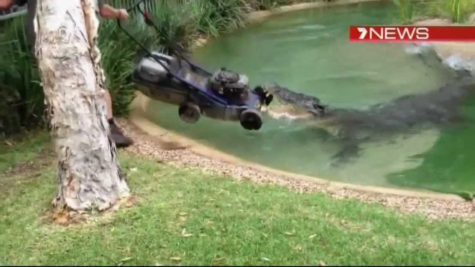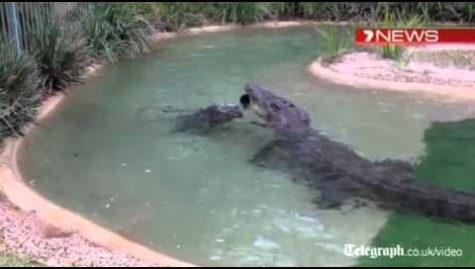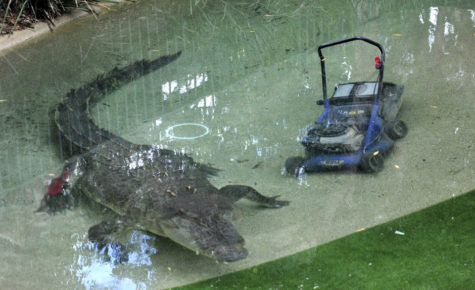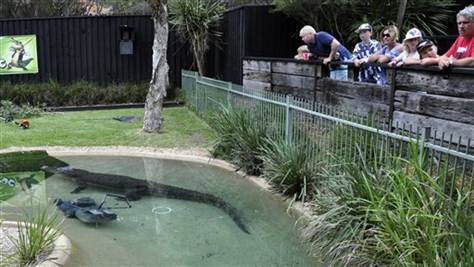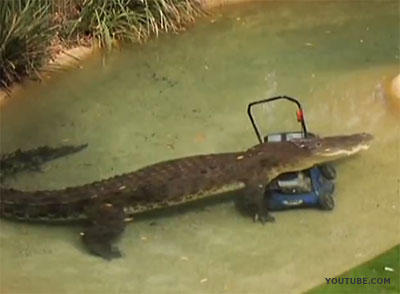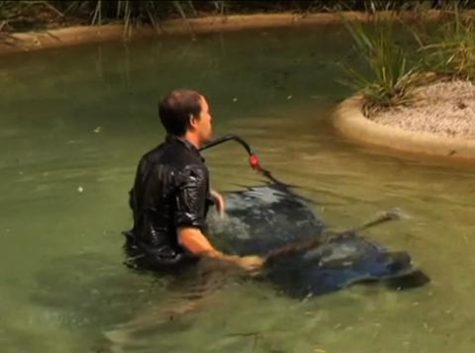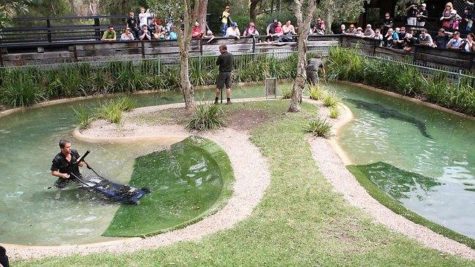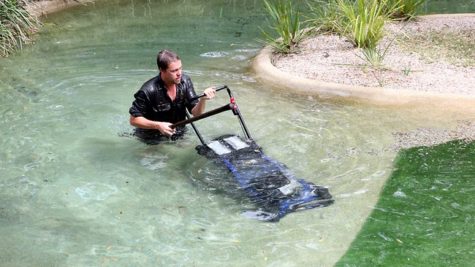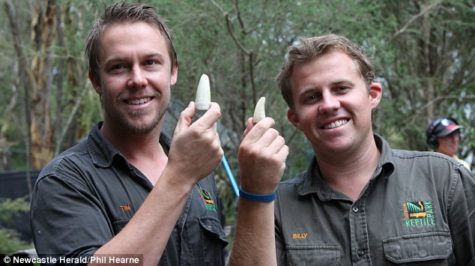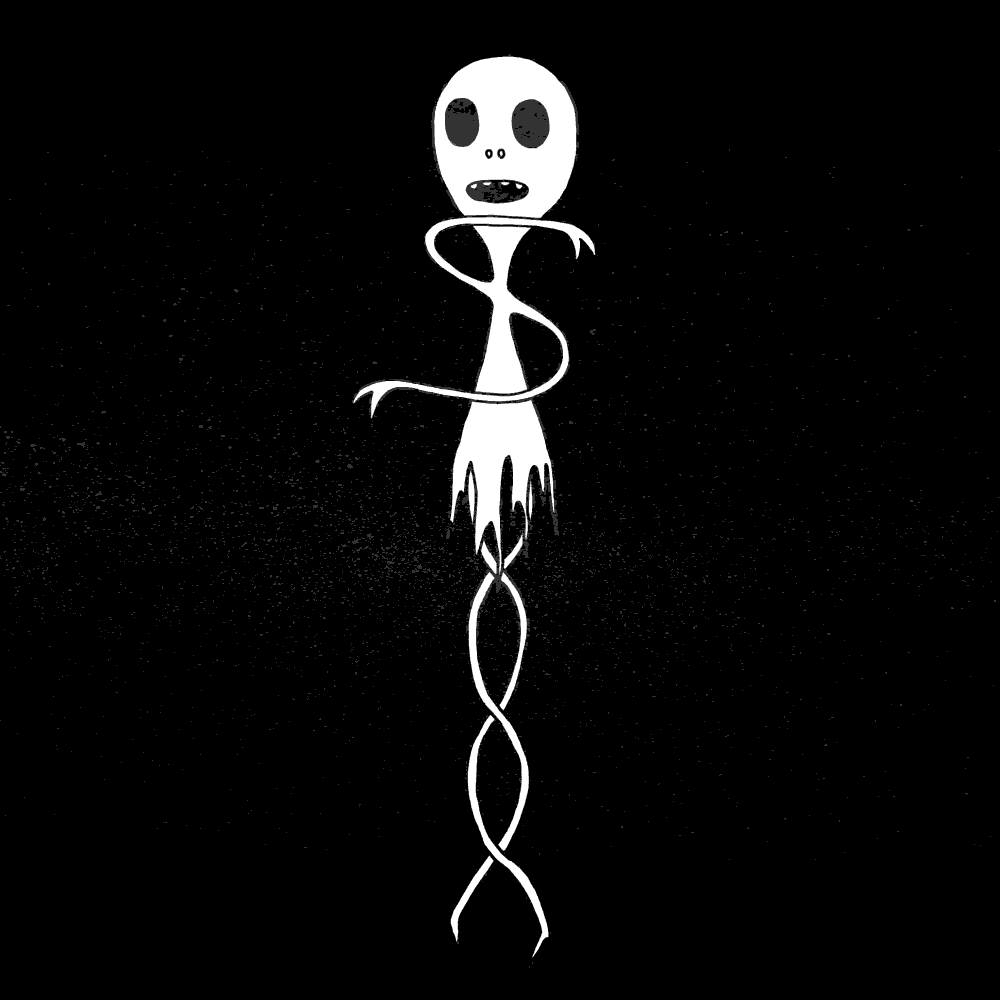It’s True
So, I’m on this rant about Turkeys and came up with this cool list of Turkey Trivia and other useful (or not) information. Did you know?
- The wild turkey is native to Northern Mexico and the Eastern United States.
- Turkeys lived in North America almost ten million years ago .
- The turkey was domesticated in Mexico and brought to Europe in the 16th century.
- The American Indians hunted wild turkey for its meat as early as 1000 A.D. They made turkey “callers” out of turkey wing bones. The feathers were used to decorate ceremonial clothing. The spurs on the legs of wild tom turkeys were used on arrowheads and the feathers were used to stabilize the arrows.
- Adult turkeys can have 3,500 feathers.
- Most turkey feathers are composted. Feathers are spread out on fields, then plowed under in the spring. The feathers decompose and fertilize the soil.
- After the female turkey mates, she prepares a nest under a bush in the woods and lays her tan and speckled brown eggs. She incubates as many as 18 eggs at a time.
- The average turkey hen will lay 110 to 115 eggs during a 28-30 week period.
- Turkey eggs hatch in 28 days.
- Turkey eggs are light tan with brown specks and are larger than chicken eggs.
- A turkey egg weighs from 80 grams to 100 grams (3 to 4 ounces).
- A baby turkey is called a “poult”.
- When the babies hatch they flock with their mother all year (even through the winter). For the first two weeks the poults are unable to fly. The mother roosts on the ground with them during this time.
- Wild turkeys spend the night in trees. They roost (perch) on the branches.
- Gobbling turkeys can be heard a mile away on a quiet day.
- Turkeys don’t really have ears like ours, but they have very good hearing.
- A large group of turkeys is called a flock.
- Turkeys are related to pheasants.
- As male turkeys gets older they fight a lot. They may even attack people.
- Turkeys can see movement almost a hundred yards away.
- Turkeys do not see well at night.
- The turkey has an unusual looking bare head with a beak, caruncle, snood and wattle.
- Turkeys’ heads change colors when they become excited.
- The male turkey is called a tom or gobbler. The female turkey is called a hen.
- A turkey has 157 bones!
- According to the Guinness Book of Records the largest turkey raised was 39.09 kilograms (86 pounds) — about the size of a large dog.
- In the wild, Turkeys can live as long as 10 years. They spend their lives roosting in trees and flying at up to fifty miles per hour.
Ok, so I was looking for an image for a Prosperity Project post, and ended up on this website… I’m never eating meat again! I say this… and I think it might even be true. I don’t want one dime of my money to go to support the companies that do this shit!!
This really pisses me off! If I actually follow through on this, my life just got way more complicated!! Me not eating meat is one thing, but what about my dogs? I have been making my own dog food with turkey and rice. It’s easy, it seems (now I’m not so sure) to be healthy for my dogs, and up until today, I felt pretty good about it. Now, I’m not so sure… How can the food we eat be even remotely good for us when this is what happens to it?
For example:
- Over 300 million turkeys are killed every year in the United States, 40 million of them specifically for Thanksgiving.
- These valued lives that humans breed, are killed when just a few weeks old. Their short lives are filled with pain and misery.
- All turkeys get for Thanksgiving and Christmas is a terrifying, violent, death.
- The majority of these are raised in factory farms where they are stacked in cages in windowless sheds where they can’t live naturally (or happily) in any sense of the word.
- They are debeaked and declawed without anesthesia, making it difficult or even impossible for them to eat.
- Often they cannot move, and many die in the conditions before they are fully grown.
- Those who survive are fed until they are grotesquely obese and cannot stand because their skeletons are too weak from confinement.
- Factory-farmed turkeys are fattened up so quickly that often their legs cannot support them.
-
They collapse and try to drag themselves along on their wings.
-
Tens of thousands die because they cannot get to food and water points.
- Over-burdened in this way, and trapped in close quarters with too little oxygen, many turkeys die when their hearts explode from the physical stress.
-
Most birds are fed a cocktail of antibiotics to keep them alive yet diseases run rife in the filthy conditions.
-
Male turkeys are bred to be so big they are unable to mate naturally.
-
They have to be clamped upside down and their seed taken by a farm-worker, collected and forcibly injected into the females.
-
To stop them cannibalizing each other in the cramped, unnatural conditions, turkeys have their beaks sliced off, which can leave them in permanent pain.
-
At the slaughterhouse, most are hung upside down and dragged through an electrified waterbath to stun them.
-
It often does not work and many birds are fully conscious when their throats are cut.
-
Some are even alive when they are plunged into boiling water to loosen their feathers.
-
Others may be killed by gassing; often birds gasp and flap violently for several minutes.
- Beating a turkey to death with a crowbar is an acceptable practice in U.S. farming of animals. Still not illegal.
- Turkeys do not receive even the scant protection given to pigs and cows by the Humane Slaughter Act and many are tied upside down still alive and conveyed to the part of the factory where they are knifed.
- Not all die right away and suffer unspeakably by bleeding slowly to death.
There’s more, and it’s way worse, and I’ll spare you the details. If you’re curious, follow this link. I do not understand why there is so much disrespect for living things. What I do understand is that it is pervasive and undeniable. But where did it come from? How can a person sleep at night knowing they are managing, operating, owning, or simply working in places like that? Are they totally anesthetized? Do they think only humans are alive?
So… now, having posted all this… I’m going to go to the kitchen, wash out my big stainless steel cook pot, fill it with water, dump in a fair amount of rice, and beans, and … yes … ground turkey. And I’m going to feed it to my dogs – whom I love – and I’m going to send Reiki and blessings and all kinds of good energy into that food … and to the living beings that agreed to be made part of it … and I’m going to be prayerful and grateful … and I hope that’s good enough!

The other day, I was reading The Way of the Shaman by Michael Harner, and in his quest to become a shaman, he ended up in the deep jungle, and at one memorable moment, when he was exhausted and hungry, the medicine man who agreed to teach him said, “Good! You need to suffer. We want the Gods to take pity on you. Then, they might help you.” And I thought to myself… THAT’S IT!
In order to Create Work You Love, (which is what we are currently working on over at the Prosperity Project) you have to be willing to sacrifice and suffer. I don’t know for sure that the suffering in and of itself is necessary… but I do think that the willingness to do so is important. By that, what I mean is… when you find something that you are so committed to, so in love with, so passionate about, that you’re willing to sacrifice everything for it… then you’ve found your “dharma,” your “life’s work,” your “bliss”.
Just think about it… if you think I’m wrong, I’d sure like to hear what you have to say about it.
I grew up on the concept that Jesus suffered and died for our sins, and all the great saints in the bible went through “trials and tribulations.” Don’t believe in the bible? Ok… how about Odin, Father of the Gods… he suffered – willingly… Look at just about every religious icon… and you’ll see sacrifice and suffering.
But that’s not all… If you want to lose weight, or “beat” cancer, or climb Mt Everest… a fair amount of suffering seems to be a prerequisite for success. Read stories of great entrepreneurs you’ll see suffering and deprivation and the willingness to endure regardless of rejection and humiliation…
The more I thought about it, the more I am convinced that:
- The “Gods” are much more likely to take pity on you and support you if you are willing to go through a fair amount of suffering in order to reach your goal.
- If you are already doing a fair amount of suffering, there must be a really good reason for it, and the “Gods” are probably supporting you in some way – if only by keeping you alive so that you can endure even more suffering and eventually maybe even reach your goal.
- When you find the work that you love, and work that loves you, it often requires a willingness to give or to sacrifice… and again… endure a fair amount of suffering – at least initially. Once you have “paid your dues” and “offered up your first born child” and stuff like that, things tend to smooth out, and you generally have a decent, if not a happy ending.
Now, this may not be true for everyone, but it appears to be true for me. And it might even be true for you. So… how is this helpful in my quest for work that I love? Well, I got to thinking about work that I’m willing to suffer for, and I did come up with a list, here it is:
- Blogging – I am willing to be up all hours of the night, I’m willing to give all my free time, I’m willing to sacrifice quite a lot to be able to do what I’m doing right here, right now. I’d do it for free (well, I practically do), I do it if I’m sick, I do it if I’m busy, I do it hell or high water… If I could make an adequate living by blogging – I’d be one happy camper!
- Playing on the computer – Ok… that does include blogging… and it also includes making cool stuff for cafe press, designing websites, and helping other people with their computer stuff. Again, I do it if I’m sick, I do it for free… I have to MAKE myself NOT do it so that I can have time for things like… taking a shower…
- Art – when I have art in progress – I can’t hardly stop doing it. Yes – blogging can and does interrupt it, but I have an amazing amount of stamina and energy when I’m doing art. I can’t stand at the sink and wash dishes for 5 minutes without getting tired, but I can stand at the table and work on a mosaic for hours and hours and not even notice that my feet are sore… not even notice that I even HAVE feet.
- Spirituality, Shamanism, Magick – I’m sticking this one in here even though I’m not sure that it’s true. I want it to be true – so I’m putting it here! And god damn it, if I put it here that MAKES it true.
So… I figure that if I had a job creating shamanic art in a ritual way and then putting it on the computer and blogging about it – I’d be in heaven! I’m going to put that into a search on Monster.com and see what I come up with.
Oh By The Way…
Here’s a guy who has the Willingness To Suffer for Work You Love thing all figured out! LOL!
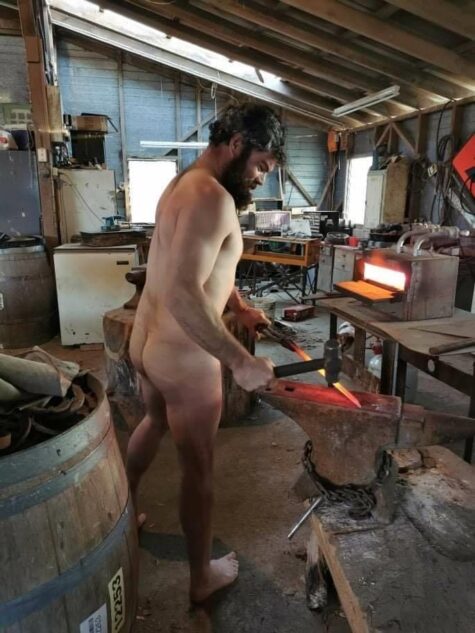
I thought this pic was a fake until I saw the rest of the story. And I thought I had lawnmower problems…
Here’s what happened:
A giant saltwater crocodile named Elvis with an apparent affinity for household machinery charged at an Australian reptile park worker Wednesday before stealing his lawn mower.
Tim Faulkner, operations manager at the Australian Reptile Park, north of Sydney, was one of three workers tending to the lawn in Elvis’ enclosure when he heard reptile keeper Billy Collett yelp. Faulkner looked up to see the 16-foot (5-meter), 1,100-pound (500-kilogram) crocodile lunging out of its lagoon at Collett, who warded the creature off with his mower.
“Before we knew it, the croc had the mower above his head,” Faulkner said. “He got his jaws around the top of the mower and picked it up and took it underwater with him.”
The workers quickly left the enclosure. Elvis, meanwhile, showed no signs of relinquishing his new toy and guarded it closely all morning. Eventually, Faulkner realized he had no other choice but to go back for the mower.
Collett lured Elvis to the opposite end of the lagoon with a heaping helping of kangaroo meat while Faulkner plunged, fully clothed, into the water. Before grabbing the mower, however, he had to search the bottom of the lagoon for two 3-inch (7-centimeter) teeth Elvis lost during the encounter. He quickly found them and escaped from the pool, unharmed and with mower in tow.
Though many may question the wisdom of going after a couple of teeth with a massive crocodile lurking just feet away, Faulkner said finding them was critical. “They clog up the filter systems,” he said.
